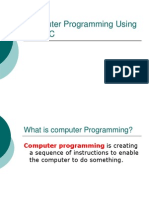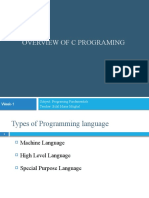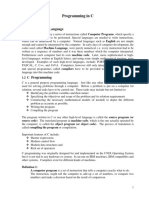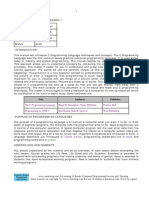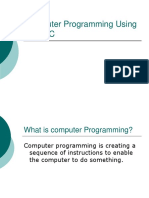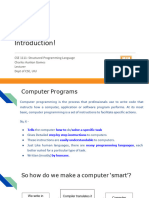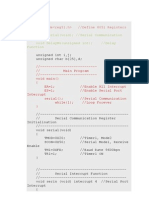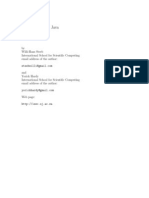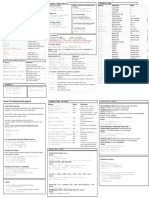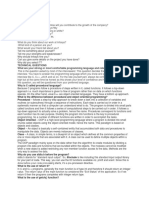0% found this document useful (0 votes)
4 views17 pagesLec2 - Introduction To C Language
The document provides an introduction to computer programming, explaining key concepts such as programming, computer languages, and the differences between compilers and interpreters. It emphasizes problem-solving through algorithms and illustrates how to write algorithms and flowcharts for various problems. Additionally, it introduces the C programming language, its structure, and examples of simple C programs.
Uploaded by
alimuzaffar085Copyright
© © All Rights Reserved
We take content rights seriously. If you suspect this is your content, claim it here.
Available Formats
Download as PDF, TXT or read online on Scribd
0% found this document useful (0 votes)
4 views17 pagesLec2 - Introduction To C Language
The document provides an introduction to computer programming, explaining key concepts such as programming, computer languages, and the differences between compilers and interpreters. It emphasizes problem-solving through algorithms and illustrates how to write algorithms and flowcharts for various problems. Additionally, it introduces the C programming language, its structure, and examples of simple C programs.
Uploaded by
alimuzaffar085Copyright
© © All Rights Reserved
We take content rights seriously. If you suspect this is your content, claim it here.
Available Formats
Download as PDF, TXT or read online on Scribd
/ 17


















